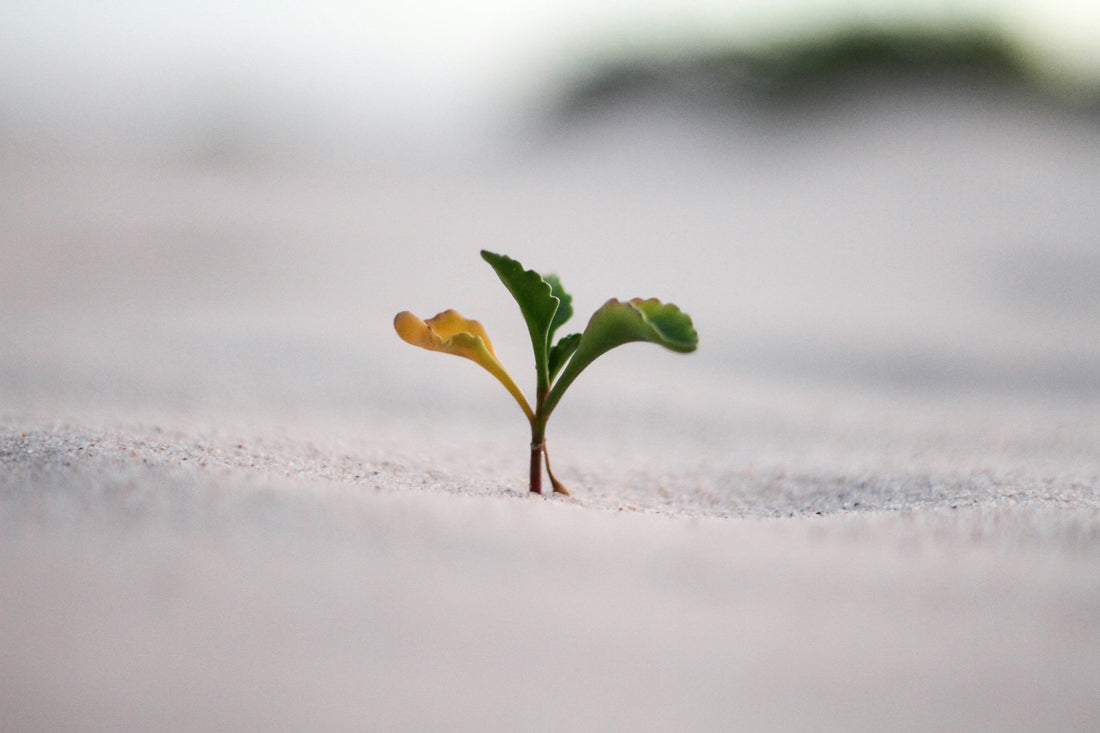
自己制限的な信念から解放される: 個人の成長と変革のための 11 の戦略
共有
自己制限的な信念を理解する
私たちの個人的な物語が複雑に織り合わさる中で、自ら課した制限は、私たちの生活の構造にシームレスに絡み合うことが多く、その存在にほとんど気付きません。これらの制約は、最初は快適さや構造の源のように見えるかもしれませんが、私たちの可能性を抑制し、経験を制限する目に見えない障壁に進化することがよくあります。
自己制限的な信念は、個人的な成長、職業上の目標、さらには人間関係への取り組み方を微妙に形作ります。 しかし、真実は、これらの信念は不変ではなく、解体できる構造であるということです。自由になるには、これらの信念を特定し、実行可能な戦略でそれらに挑戦することから始まります。
よくある自己制限的な信念 11 選
以下は、私たちの生活を制限することが多い、自己を制限する一般的な信念 11 個と、その束縛から解放される実行可能な手順です。
1. 「私は十分ではない。」
多くの人は、自分には成功するためのスキル、知性、才能が欠けていると信じ、不十分さを感じて苦しんでいます。この信念は、過去の経験、他者との比較、または否定的な自己認識を形成する批判的なフィードバックから生じることがよくあります。
これを克服するには、どんなに小さなことでも自分の成果を記録し、頻繁に見直してください。過去の成功を自分の能力の証拠として振り返ってください。
2. 「私は成功に値しない。」
この信念は、罪悪感や無価値感に根ざしていることが多く、個人の進歩や成果を妨害する原因となります。この信念は、自分のスキルや可能性に見合った機会を追求することを妨げる可能性があります。
まずは、自己思いやりを実践しましょう。自分も他の人と同じ機会や喜びを得るに値するということを思い出してください。セラピーや日記をつけることも、こうした考え方を再構築するのに役立ちます。
3. 「夢を追うには年を取りすぎている/若すぎる」
年齢は行動しない言い訳になります。キャリアを変えるには年を取りすぎていると感じるか、真剣に受け止めてもらうには若すぎると感じるかにかかわらず、この信念は始める前にあなたを止めてしまう可能性があります。
年齢の基準に逆らったロールモデルを探しましょう。カーネル・サンダース(62歳でKFCを創業)やグレタ・トゥーンベリ(15歳で世界的な環境活動家になった)のような人たちは、年齢は単なる数字に過ぎないことを証明しています。
4. 「私は決して変わることはできない。」
この固定観念は、習慣、性格、または状況は固定されているとあなたに信じ込ませます。この信念を克服する鍵は、小さなことから始めて勢いをつけることです。
快適ゾーンから少しだけ抜け出すためのマイクロゴールを設定してください。時間が経つにつれて、これらの小さな成功が積み重なって大きな変化が生まれます。
5. 「私は以前失敗したことがあるから、失敗者なのです。」
過去の失敗はしばしば私たちを悩ませ、将来の試みに影を落とします。同じ過ちを繰り返すのではないかという恐怖は、進歩を妨げる可能性があります。
失敗を教師として捉え直しましょう。過去の失敗から何を学びましたか? 失敗によってどのように回復力が高まりましたか? 失敗は成功への足がかりとなることが多いことを忘れないでください。
6. 「私はクリエイティブじゃない。」
創造性は、伝統的な芸術や革新に限定されるものではありません。創造性とは、問題解決、既成概念にとらわれない考え方、そして新しい方法で課題に取り組むことです。
ブレインストーミングセッションや自由なライティングを実践して、創造力を解き放ちましょう。他の人とのコラボレーションによって革新的なアイデアが生まれることもあります。
7. 「私はリーダーではありません。」
リーダーシップは選ばれた少数の人だけが持つものだと信じることは、キャリアや私生活で前進することを妨げる可能性があります。
まずは小さなプロジェクトをリードしたり、日常のシナリオで率先して行動したりしてみましょう。リーダーシップは練習によって身につくスキルです。
8. 「私は幸せになる運命ではない。」
人生には苦労がつきものだと感じ、幸福は手に入らないと信じている人もいます。こうした考えは、生い立ちや過去のトラウマから来ることが多いのです。
感謝の気持ちに焦点を当てて、この信念に挑戦してください。ポジティブな瞬間や感謝していることを日記に記録すると、考え方が喜びに変わります。
9. 「時間がない」
時間の不足はよく使われる言い訳ですが、実際には優先順位によって時間の割り当て方が決まります。
毎日のスケジュールを監査して、「時間泥棒」(過度のスクリーンタイムなど)を特定します。可能な場合はタスクを委任し、目標達成のための時間を確保します。
10. 「私はただ運が悪いだけ。」
成功はすべて運によるものだと信じることは、自分の行動をコントロールすることを妨げます。運も重要な役割を果たしますが、努力と粘り強さの方がはるかに重要です。
自分自身のチャンスを創り出すために実行できる実用的なステップに焦点を当てます。
11. 「私は自分の目標を達成することは決してできないだろう。」
大きな夢は威圧感を与え、手の届かないものだという思い込みにつながることがあります。 夢を小さく、管理しやすいステップに分割し、その過程で進歩を祝いましょう。
限界を超えた人生
自己制限的な信念から解放されることは、一度きりの出来事ではなく、生涯にわたる旅です。これらの精神的な障壁に挑戦することで、私たちは自分自身の中にある計り知れない可能性を解き放ち、より大きな創造性、自信、そして達成感への道を切り開きます。



